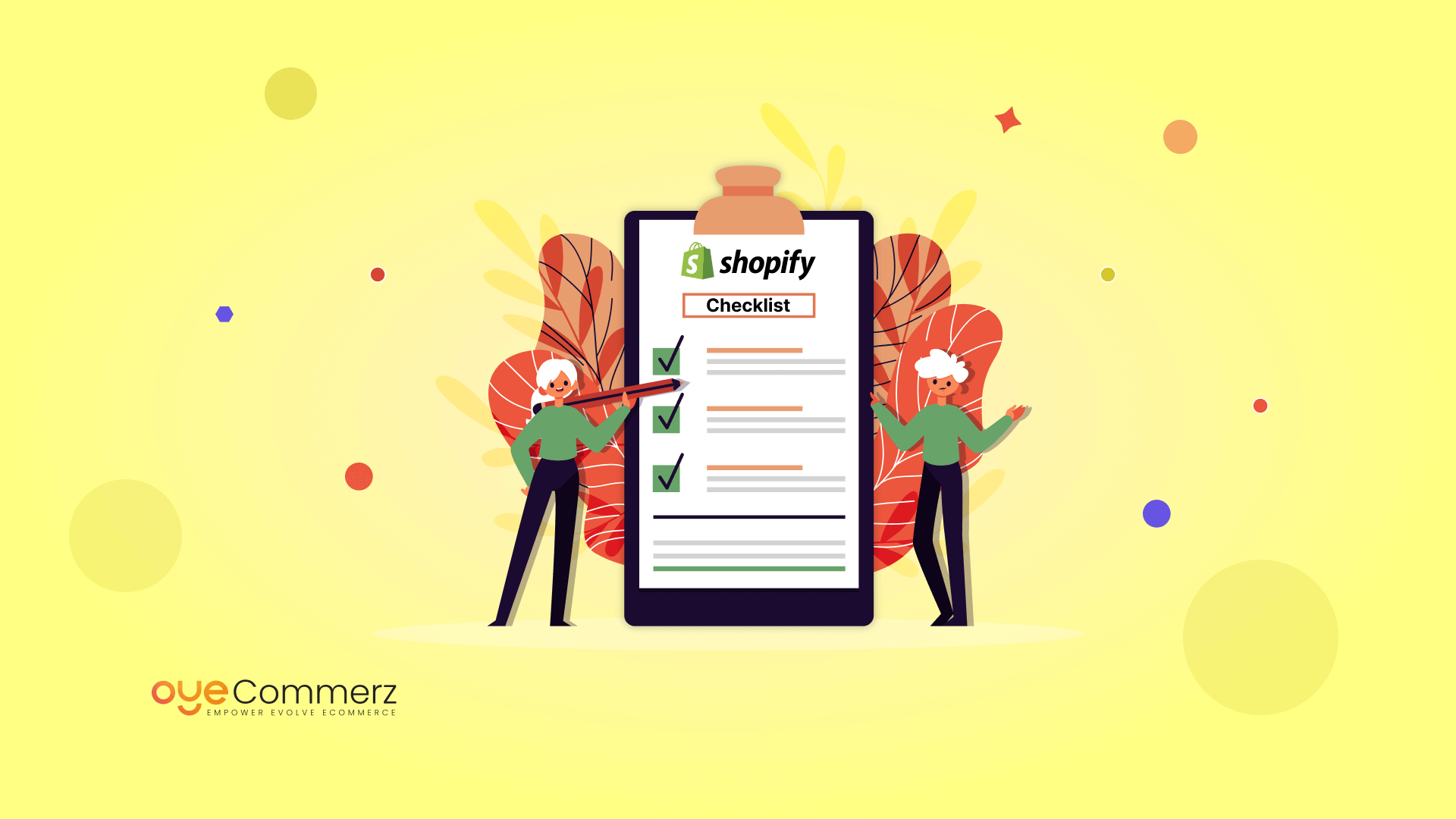Increase Revenue and Productivity with Tailored Shopify Applications Designed to Scale
Increase Revenue and Productivity with Tailored Shopify Applications Designed to Scale
Blog Article

Introduction
In the current highly competitive e-commerce environment, Shopify merchants are continually searching for strategies to increase sales and streamline their workflow. An impactful method is through personalized Shopify applications designed to fulfill unique requirements. Integrating with the Shopify API and utilizing platforms like the Polaris design system, these apps equip companies to grow sustainably while boosting customer engagement. In this blog, we’ll discuss key aspects of Shopify app-building, from design factors and key components to recommended strategies for supporting and scaling apps effectively.
1. Grasping Shopify API Linkage
A solid grasp of Shopify’s Application Programming Interface—both Representational State Transfer and GraphQL—is essential for building high-performing Shopify apps. With these APIs, engineers can access, modify, and administer details within a Shopify store. The GraphQL API offers efficient data handling, facilitating speedier outputs by retrieving only the necessary data. Linking to the API permits app creators to customize app capabilities to the business’s unique needs, ensuring a integrated UX that enhances operational effectiveness and sales.
2. Employing the Polaris Design System
Shopify’s design system enables app creators to design a cohesive and easy-to-use experience across Shopify applications. Polaris offers a suite of components and guidelines that align with Shopify’s visual standards, creating apps feel integrated within the Shopify interface. This approach goes beyond supports natural app navigation but also helps preserve visual identity, an critical factor in creating credibility with clients.
3. Developing within the Shopify Application Network
The Shopify app ecosystem is vast, allowing developers to develop integrated Shopify applications that operate inside a store's admin panel. Embedded apps simplify the customer journey by linking smoothly within Shopify’s interface, eliminating the necessity for separate logins or extra steps. For programmers, leveraging Node.js for behind-the-scenes processes and React for the UI has grown into a preferred option, as these technologies allow growth-ready, user-friendly applications that deliver an top-notch user experience.
4. Essential Features for Shopify Applications
A effective Shopify app needs features that address key pain points in the customer shopping experience. Real-time alerts for real-time notifications, personalized layout adjustment features, and omnichannel retailing options are vital aspects that can boost business oversight and customer experience. By adding these functions, Shopify applications not only streamline internal operations but also enhance the overall customer experience.
5. Effective Approaches for Application Building
When building Shopify apps, it’s essential to follow optimal techniques. App maintenance strategies such as consistent improvements, client help, and protection protocols are critical for maintaining user trust. Online visibility strategies for Shopify apps can also be used to increase app exposure and adoption. User retention strategies, such as app alerts and loyalty programs, are key for keeping customers and creating a dedicated following.
6. Scaling Shopify Applications for Success
As Shopify shops grow, expanding app capabilities becomes vital to manage greater usage and feature requests. Using cloud-based setups and emphasizing information processing through GraphQL can support apps scale without slowdowns. It’s features of successful Shopify apps equally important to have a strategy for growing the app’s infrastructure to support growth, including a list for finding a technical team with background in Shopify applications.
7. Understanding the Cost of Creating Shopify Apps
Building custom Shopify applications can differ widely in price depending on the features, integrations, and customization needed. Fundamental elements like backend linkages, user interaction elements, and online reach options can increase expenses. However, the return on investment (ROI) is often valuable, as these applications can directly boost revenue and optimize business processes.
8. Upkeep Approaches
Sustaining application performance is just as crucial as developing it. Frequent patches to fix bug fixes, boost safety, and keep alignment with the current Shopify framework are key. Planned support measures also involve user assistance and feature enhancements that align with evolving e-commerce trends.
9. Resources for Developing Shopify Apps
Shopify offers multiple options to streamline the development process, from app development frameworks like JavaScript runtime and React to automated notifications for immediate changes. Resources such as Shopify’s CLI streamline the app creation path, while Shopify App Bridge facilitates embedded apps to connect easily with Shopify’s control panel. These resources are essential for building applications that are both functional and intuitive.
10. Future Trends in Shopify Application Building
The future of Shopify app creation is bright, with new directions moving towards machine learning tools, improved cross-channel functionality, and new application add-ons. As online shopping progresses, programmers will be required to anticipate new directions to develop solutions that don’t just fulfill but exceed customer needs.
Conclusion
Tailored applications for Shopify provide a strategic way for online stores to expand with ease, boost sales, and streamline operations. From connecting with data interfaces and the Webhooks for Shopify Polaris design system to core elements and maintenance strategies, every component of Shopify app creation plays a crucial role in ensuring a seamless experience for customers. As Shopify continues to innovate, keeping up with future trends in app development will enable businesses maximize Shopify’s extensive platform, reinforcing their place in the e-commerce market.
Report this page